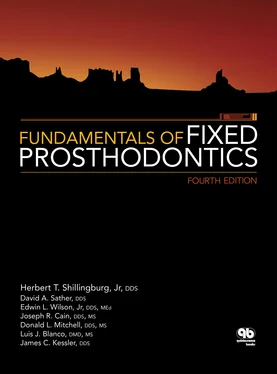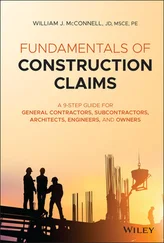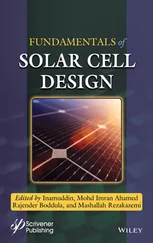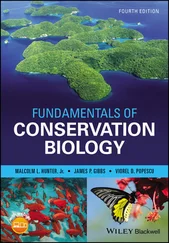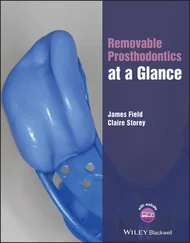
Fig 1-10The index finger is used to touch the medial pterygoid muscle on the inner surface of the ramus.
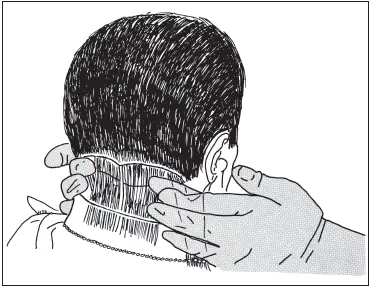
Fig 1-11The trapezius muscle is felt at the base of the skull, high on the neck.
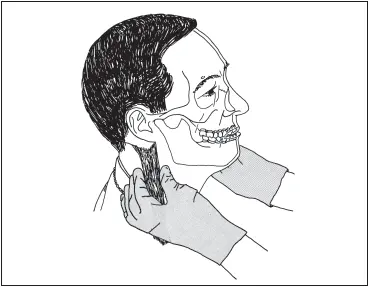
Fig 1-12The sternocleidomastoid muscle is grasped between the thumb and forefingers on the side of the neck. The muscle can be accentuated by a slight turn of the patient’s head.
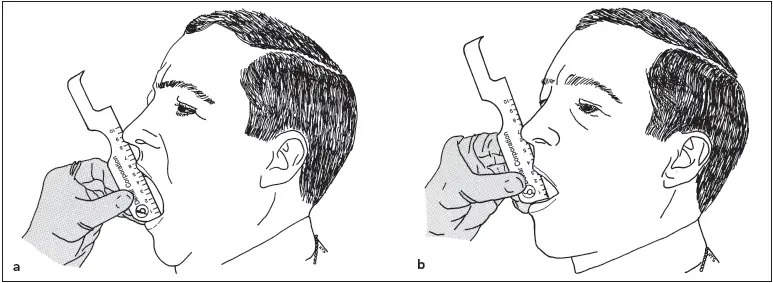
Fig 1-13(a) The distance between the maxillary and mandibular incisors is measured when the patient is instructed to open “all the way.” (b) If the patient can only open partially, or opens very slowly, the cause should be determined.
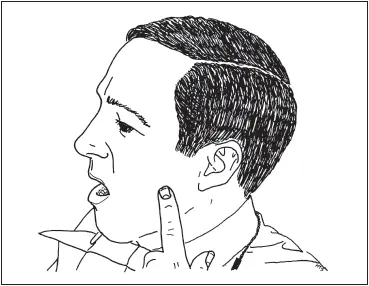
Fig 1-14If opening is limited or painful, the patient should be instructed to use a finger to indicate the area that hurts.
Evidence of pain or dysfunction in either the TMJs or the muscles associated with the head and neck region is an indication for further evaluation prior to starting any fixed prosthodontics procedures.
Check for a band of attached gingiva around all teeth, particularly those to be restored with crowns. Mandibular third molars frequently (30% to 60%) do not have attached gingiva around the distal segment. A prospective abutment that lacks the necessary attached tissue is a poor candidate to receive a crown. The probability of chronic inflammation occurring in response to any minute marginal irregularity in the crown is quite high.
The presence or absence of inflammation should be noted, along with gingival architecture and stippling. The existence of pockets should be entered in the record, and their location and depth should be charted. The presence and amount of tooth mobility should also be recorded, with special attention paid to any relationship with occlusal pre-maturities and to potential abutment teeth.
Edentulous ridges should be examined, and the relationship of spaces should be noted if there is more than one. What is the condition of prospective abutment teeth? The presence and location of caries should be noted. Is it localized or widespread? Are there large numbers of gingival lesions and decalcification areas? The amount and location of caries, coupled with an evaluation of plaque retention, can provide insight into the prognosis for the new restorations that will be placed. It will also help to determine the preparation designs to be used.
Previous restorations and prostheses should be examined carefully. This will make it possible to determine if they are suitable or if they need to be replaced. It will help to determine the prognosis for future work to be done.
Finally, an evaluation should be made of the occlusion itself. Are there large facets of wear? Are they localized or widespread? Are there any nonworking interferences? The amount of slide between the centric relation position and the maximal intercuspal position should be noted. Is the slide a straight one, or does the mandible deviate to one side? The presence or absence of simultaneous contact on both sides of the mouth should be observed. The existence and amount of anterior guidance is also important. Restorations of anterior teeth must duplicate existing guidance or, in some patients, replace what has been lost through wear or trauma.
Diagnostic casts are an integral part of the diagnostic procedures necessary to give the dentist as complete a perspective as possible regarding the patient’s dental needs. To accomplish their intended goal, the casts must be accurate reproductions of the maxillary and mandibular arches, made from distortion-free alginate impressions. The casts should contain neither bubbles as a result of faulty pouring nor any positive nodules on the occlusal surfaces ensuing from air entrapment during the taking of the impression.
To derive maximum benefit from the diagnostic casts, they should be mounted on a semi-adjustable articulator. When they have been positioned with a facebow and the articulator adjustments have been set using lateral interocclusal records, a reasonably accurate simulation of jaw movements is possible. The articulator settings should be included in the patient’s permanent record to facilitate resetting the instrument when restorations are fabricated for this patient at a future date. Finally, the mandibular cast should be set in a relationship determined by the patient’s optimum condylar position (with the disc interposed) to better enable a critical occlusal analysis.
Articulated diagnostic casts can provide a great deal of information for diagnosing problems and arriving at a treatment plan. They allow an unobstructed view of the edentulous spaces and an accurate assessment of the span length as well as the occlusogingival dimension. The curvature of the arch in the edentulous region can be determined, which enables prediction of whether the pontic(s) will act as a lever arm on the abutment teeth.
The length of abutment teeth can be accurately gauged to determine which preparation designs will provide adequate retention and resistance. The true inclination of the abutment teeth also becomes evident; as a result, problems in a common path of insertion can be anticipated. Mesiodistal drifting, rotation, and faciolingual displacement of prospective abutment teeth can also be clearly seen.
A further analysis of the occlusion can be conducted using the diagnostic casts. The difference between the centric relation position and the intercuspal position should be noted. A thorough evaluation of wear facets—their numbers, size, and location—is possible when they are viewed on casts. Occlusal discrepancies can be evaluated, and the presence of centric relation prematurities or excursive interferences can be determined. The relationship of the anterior teeth and the anterior guidance can be viewed and analyzed. Discrepancies in the occlusal plane become very apparent on the articulated casts. Teeth that have supererupted into opposing opposing edentulous spaces are easily spotted, and the amount of correction needed can be determined.
Situations calling for the use of pontics that are wider or narrower than the teeth that would normally occupy the edentulous space require a diagnostic wax-up. Changes in contour plus widening or narrowing of an abutment tooth can also be tried and evaluated on a duplicate of the original cast. This enables the dentist and the patient to see how a difficult treatment will look when finished. The diagnostic wax-up, done in ivory wax, allows the patient to see all of the compromises that will be necessary.
It is far better to discover that the projected result is unsatisfactory to the patient before treatment is begun. If the patient is satisfied and the work proceeds, the wax-up will help the dentist plan and execute the preparations and the provisional restorations.
Читать дальше
